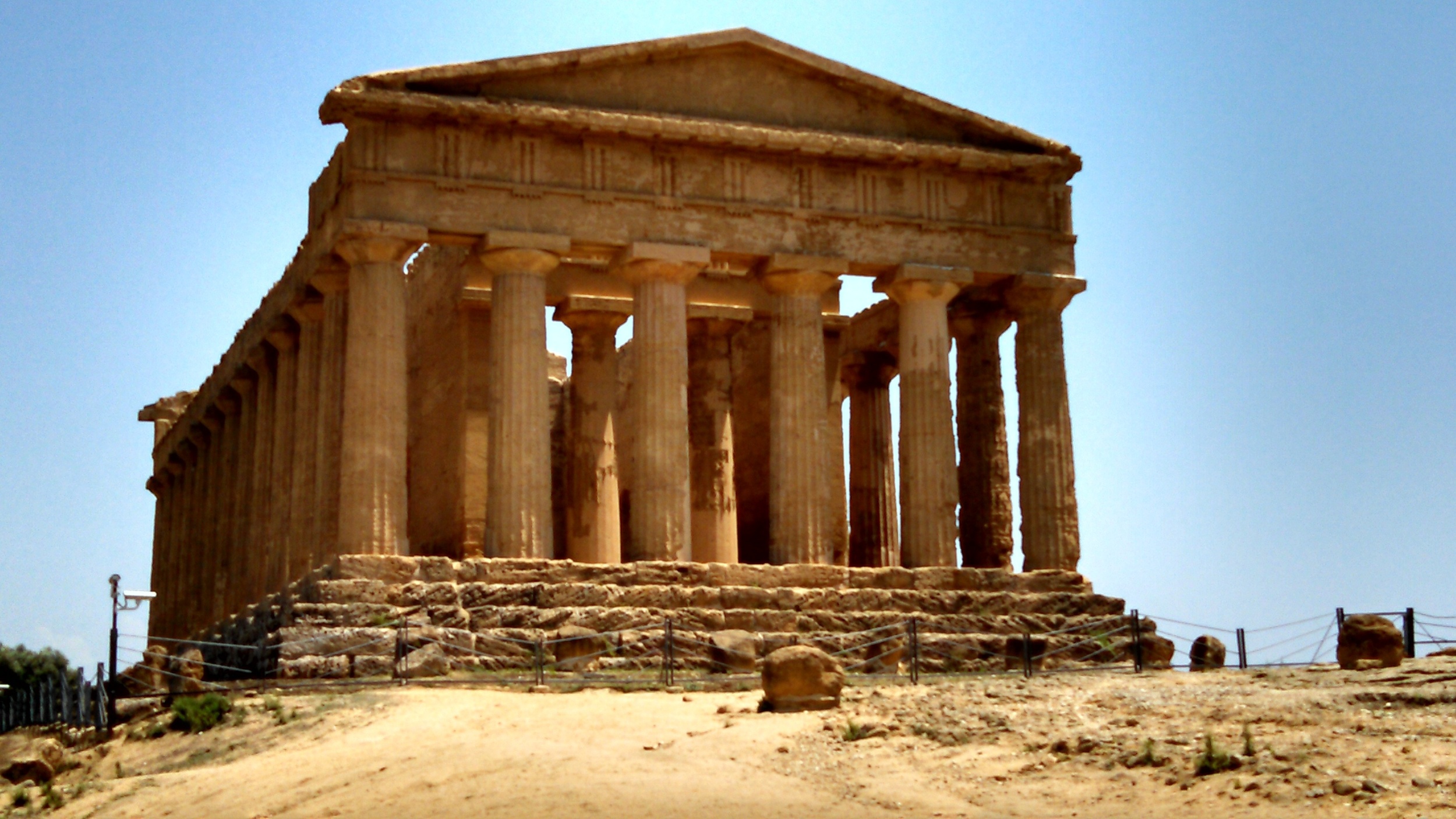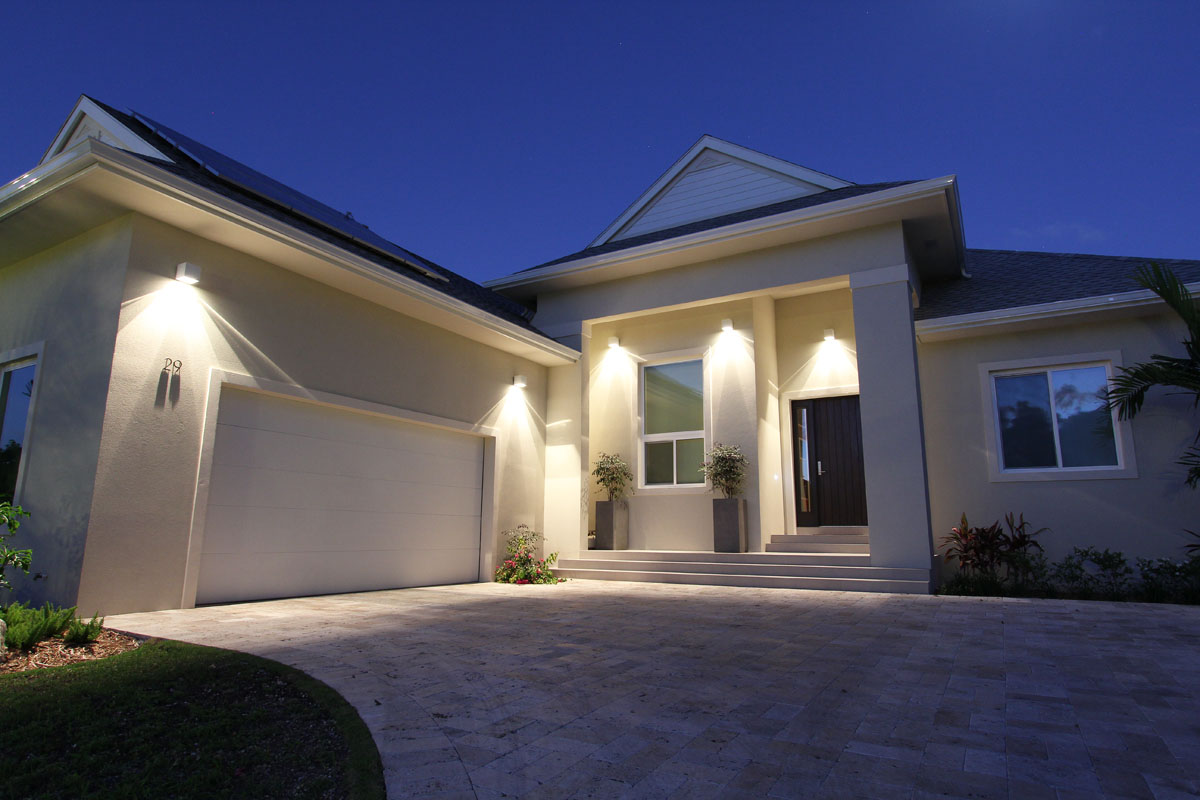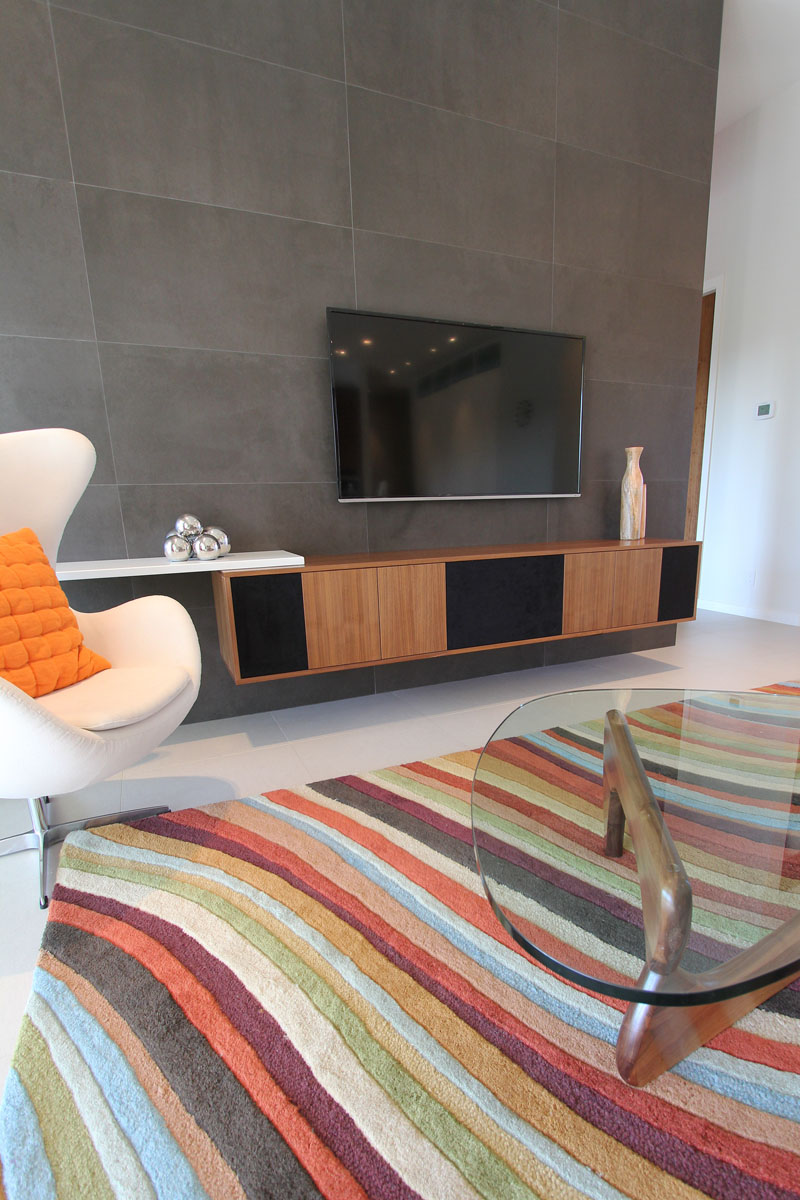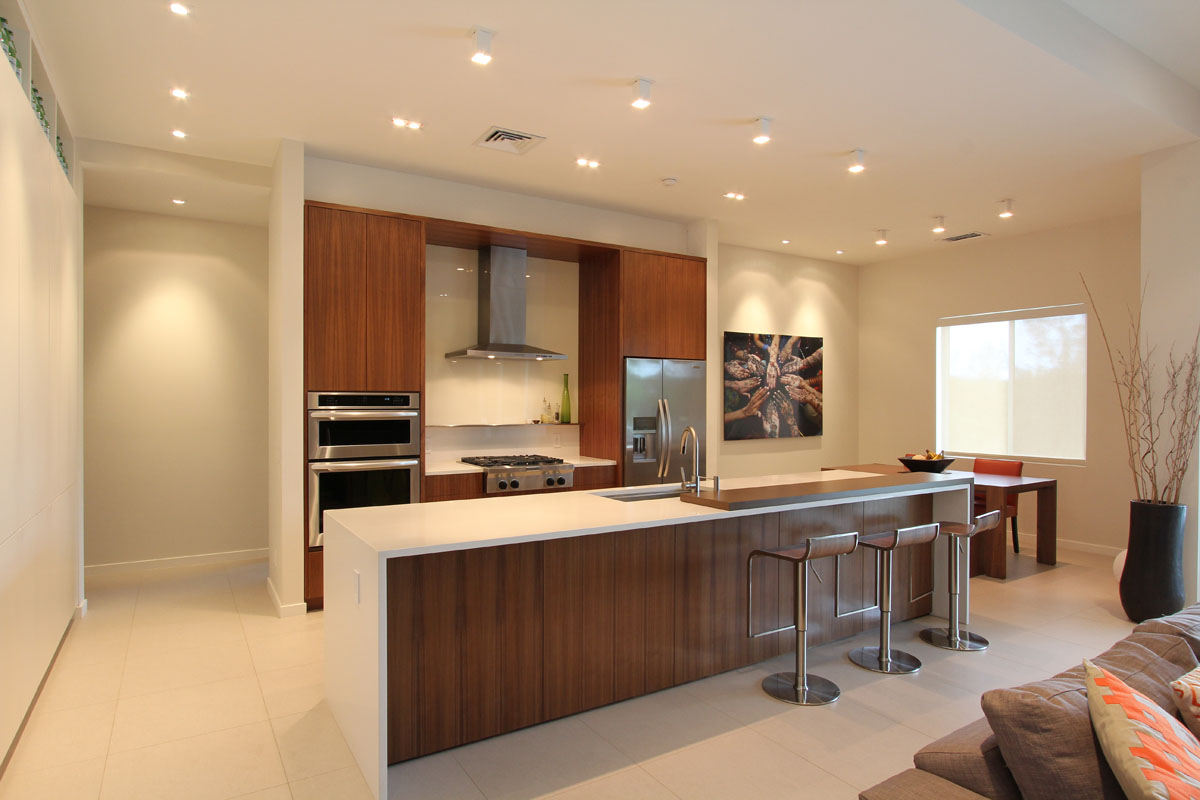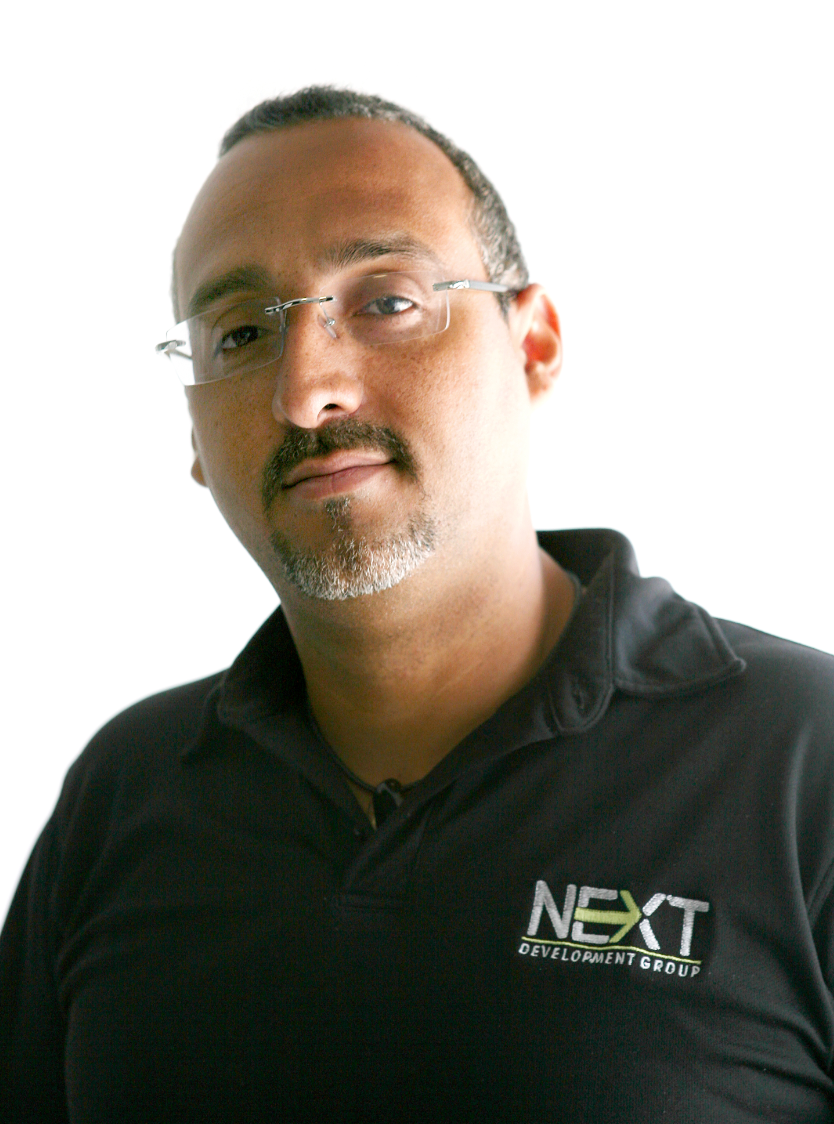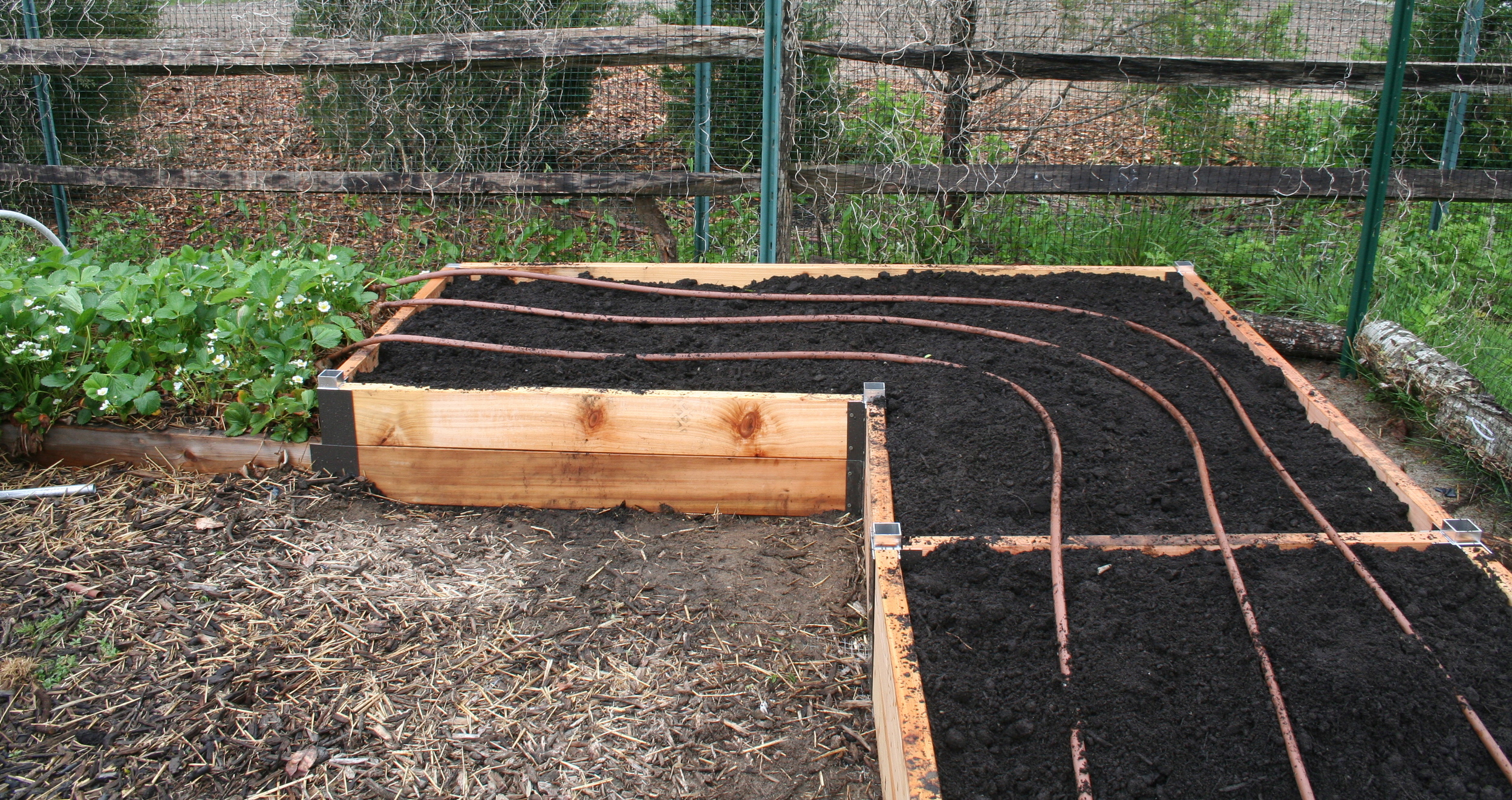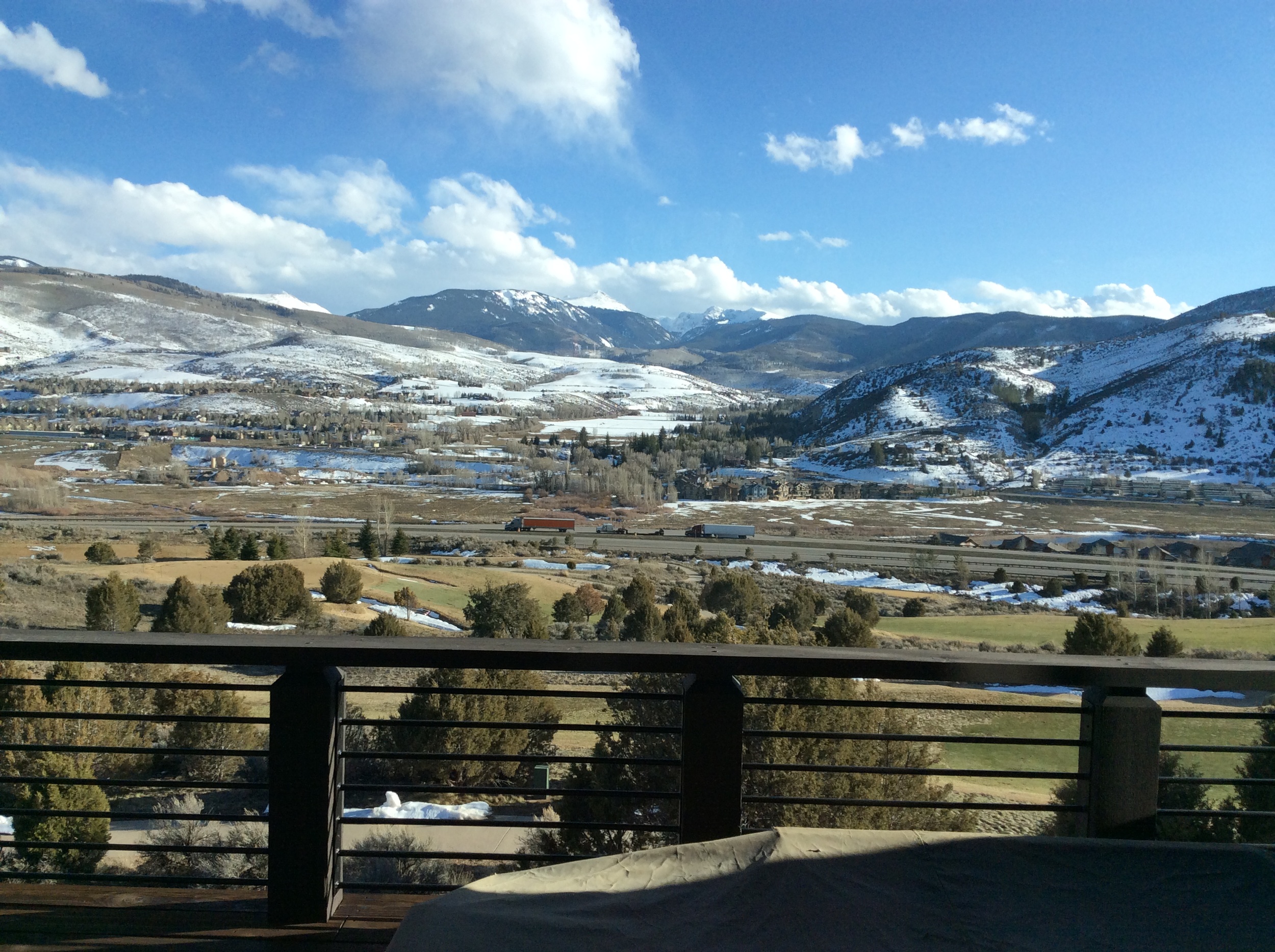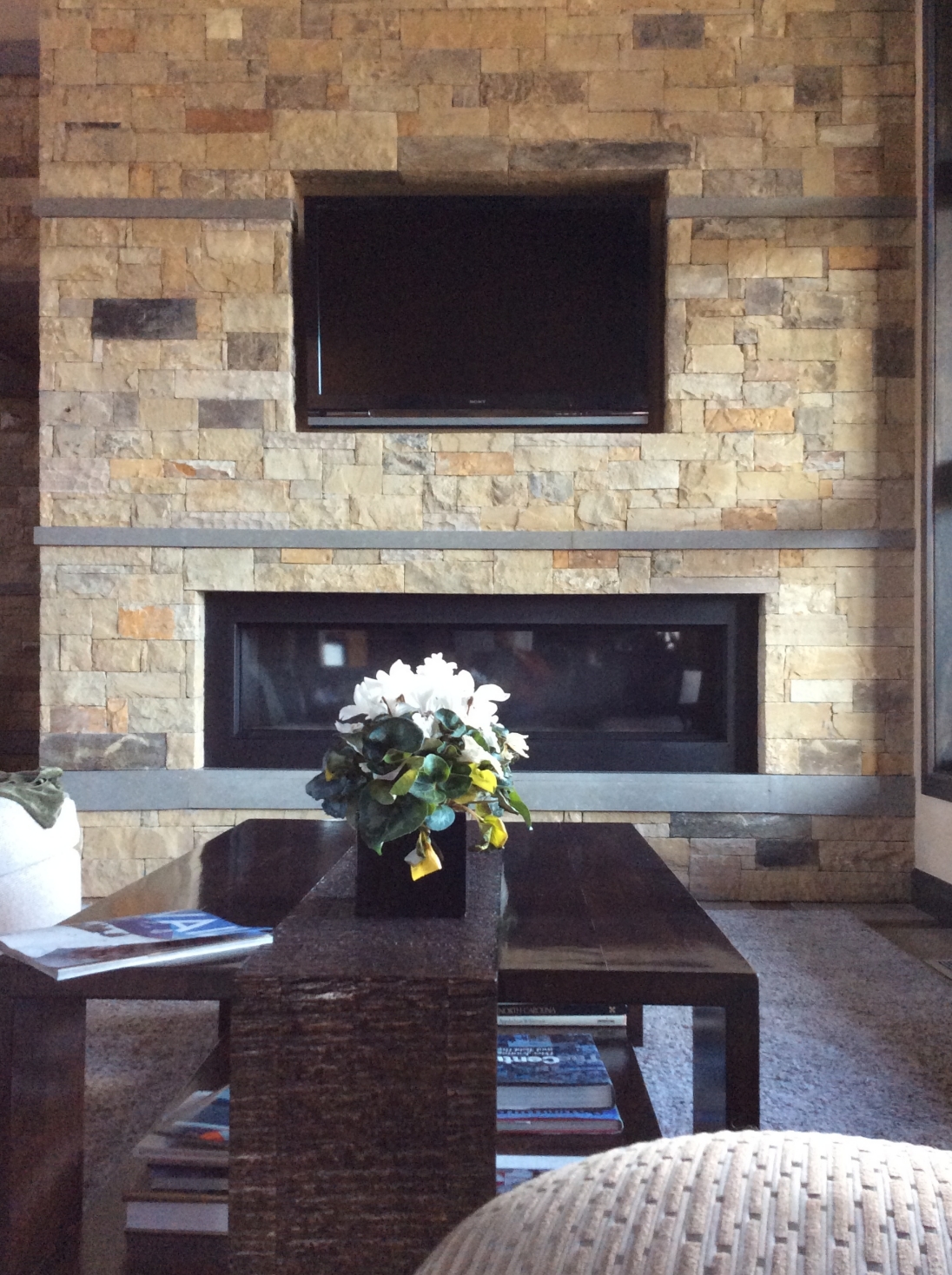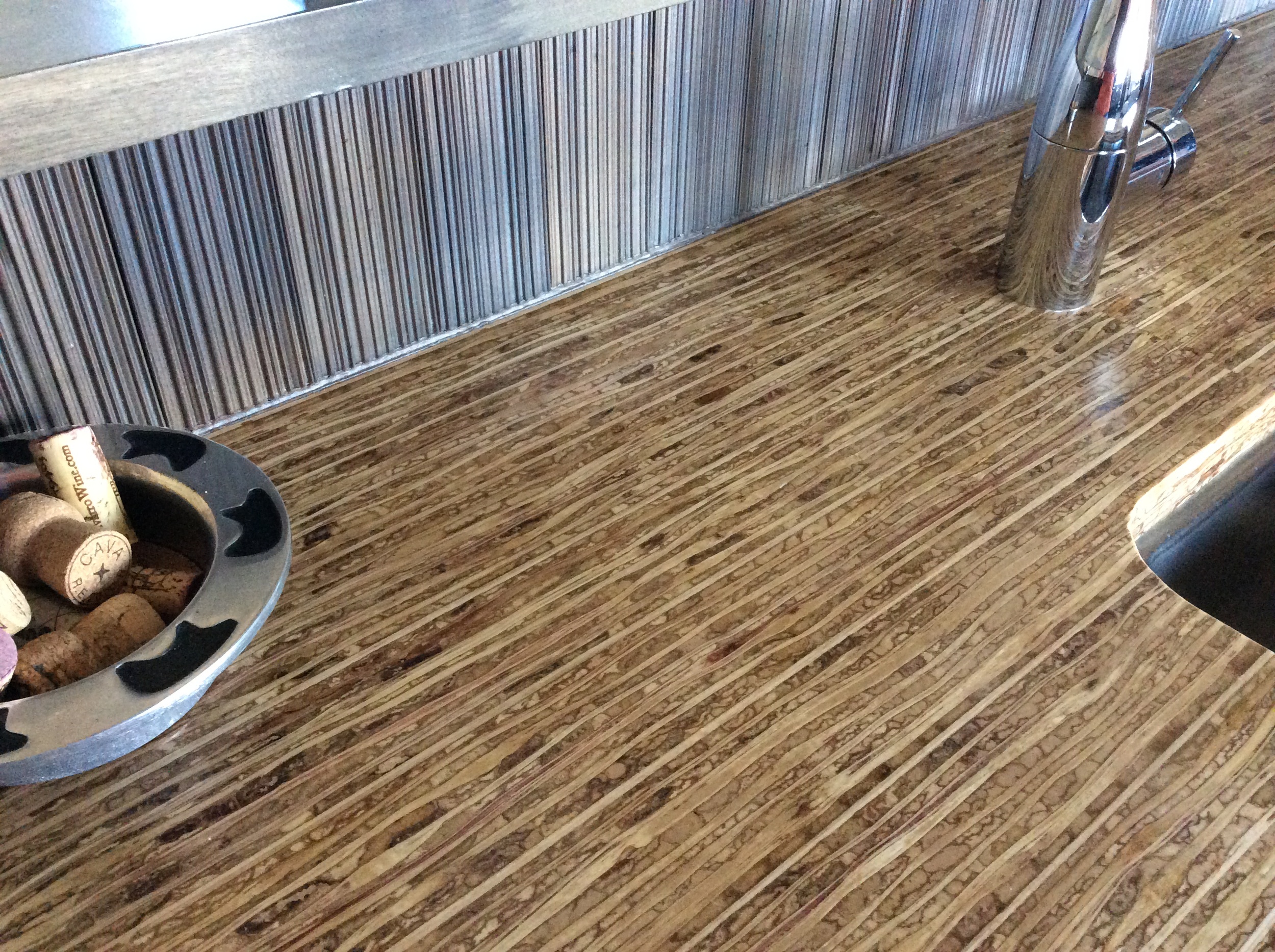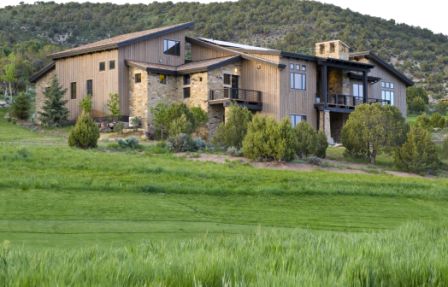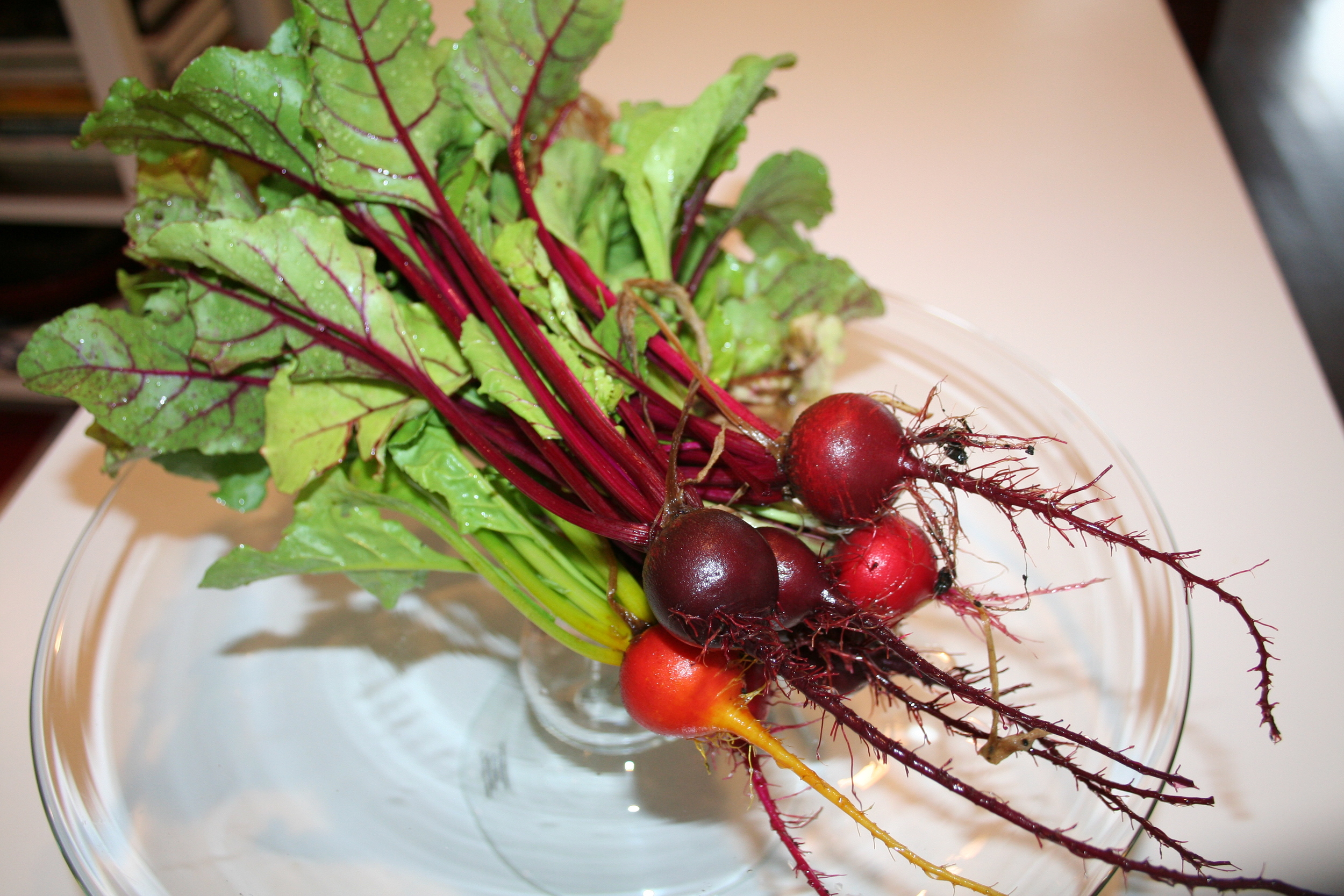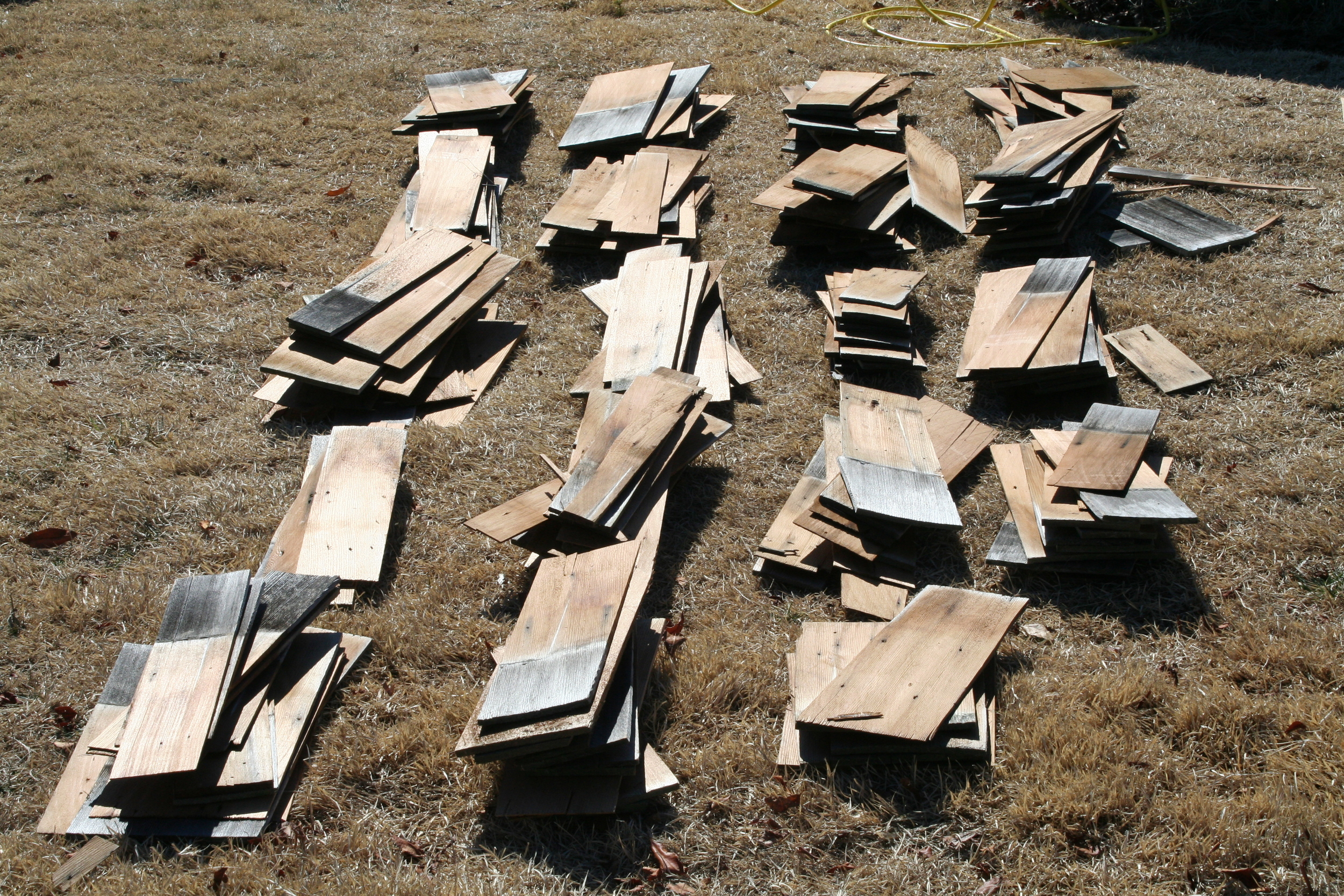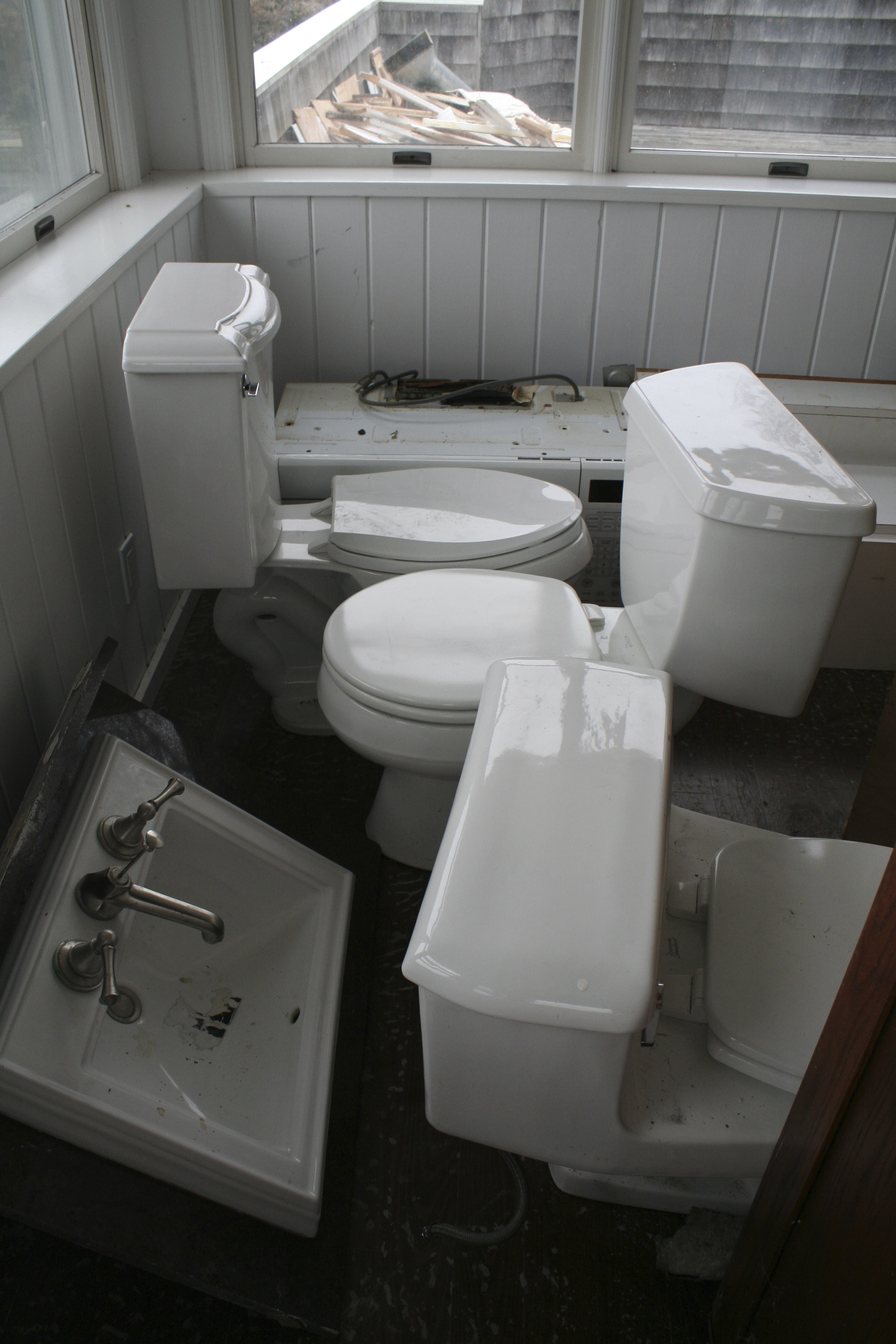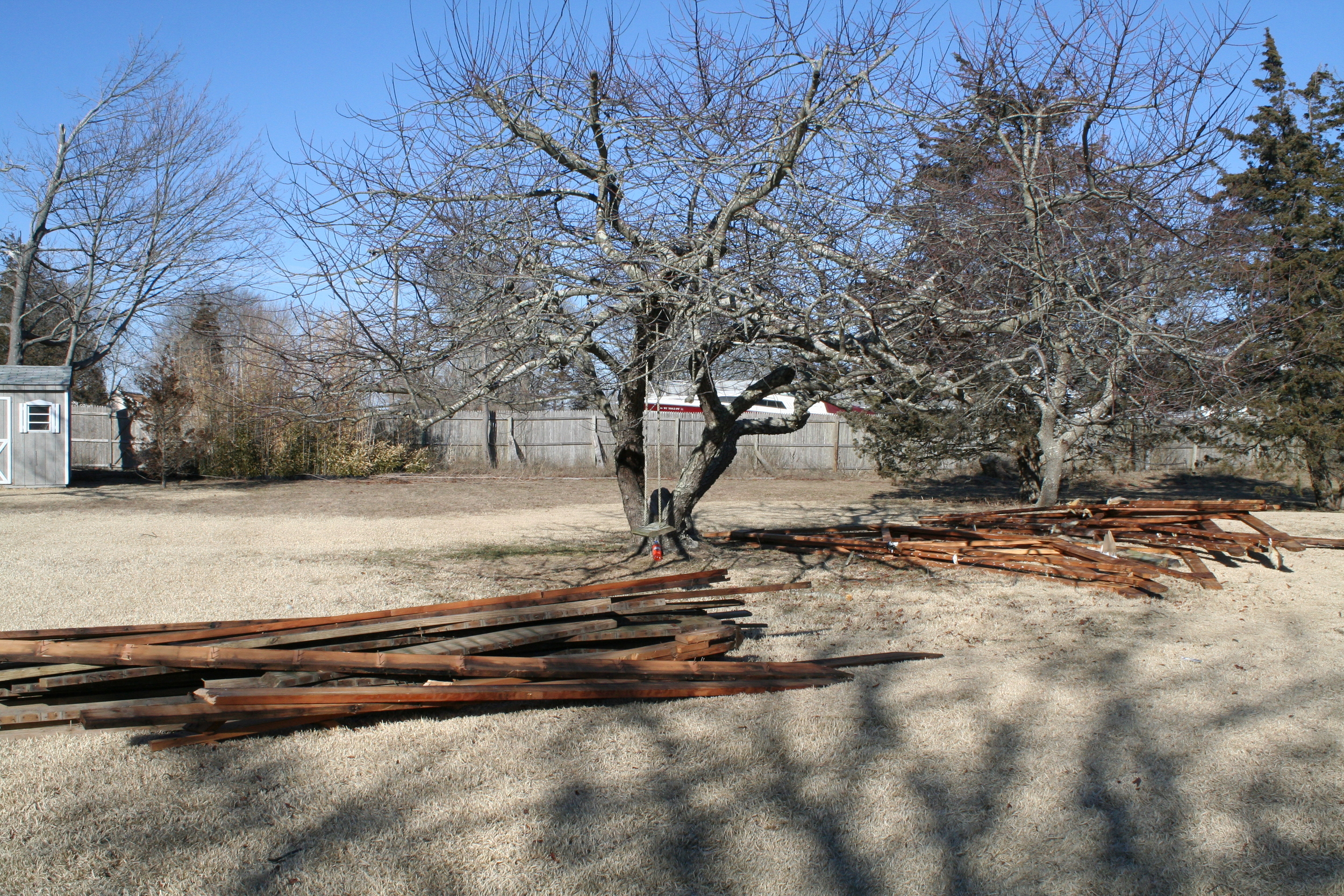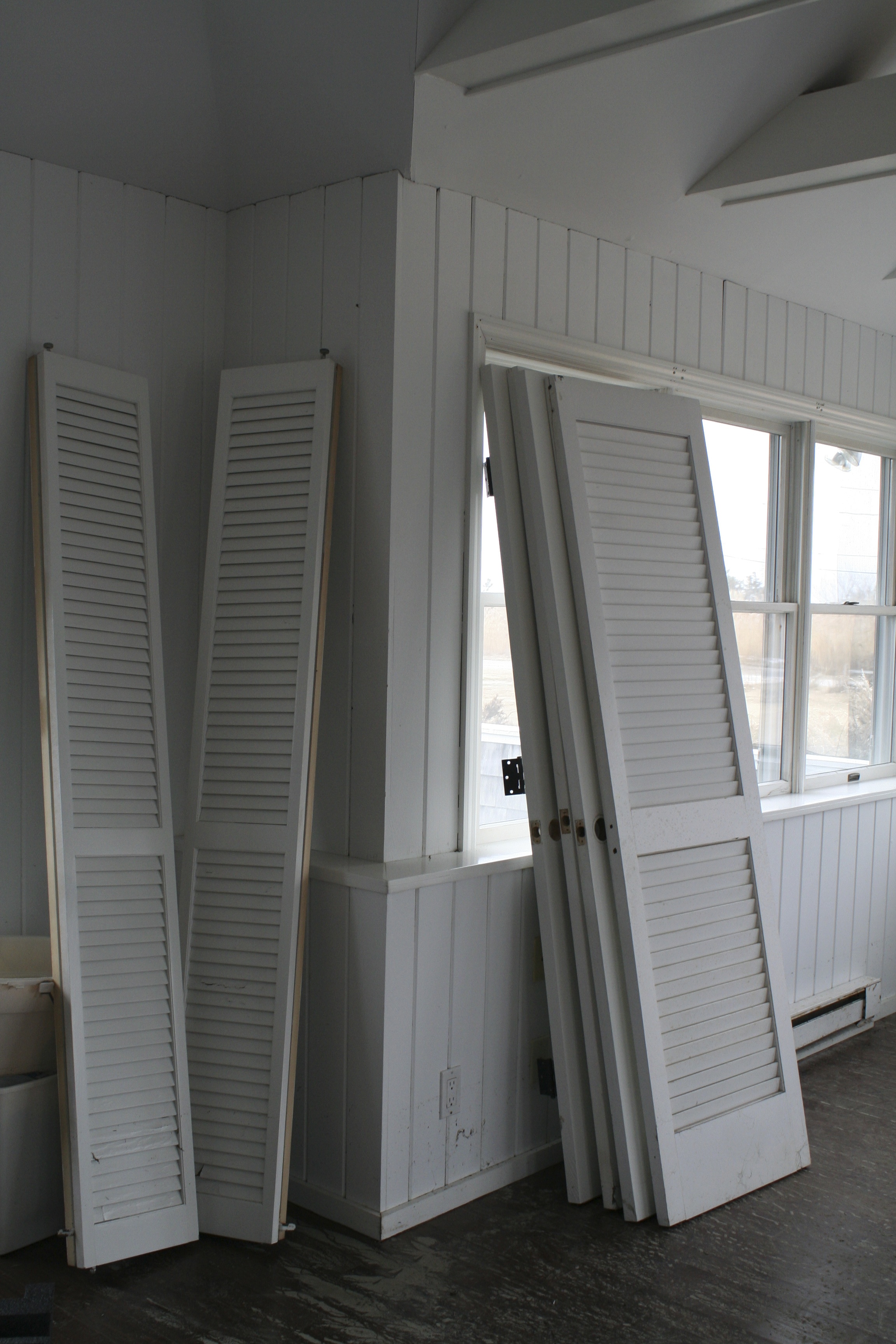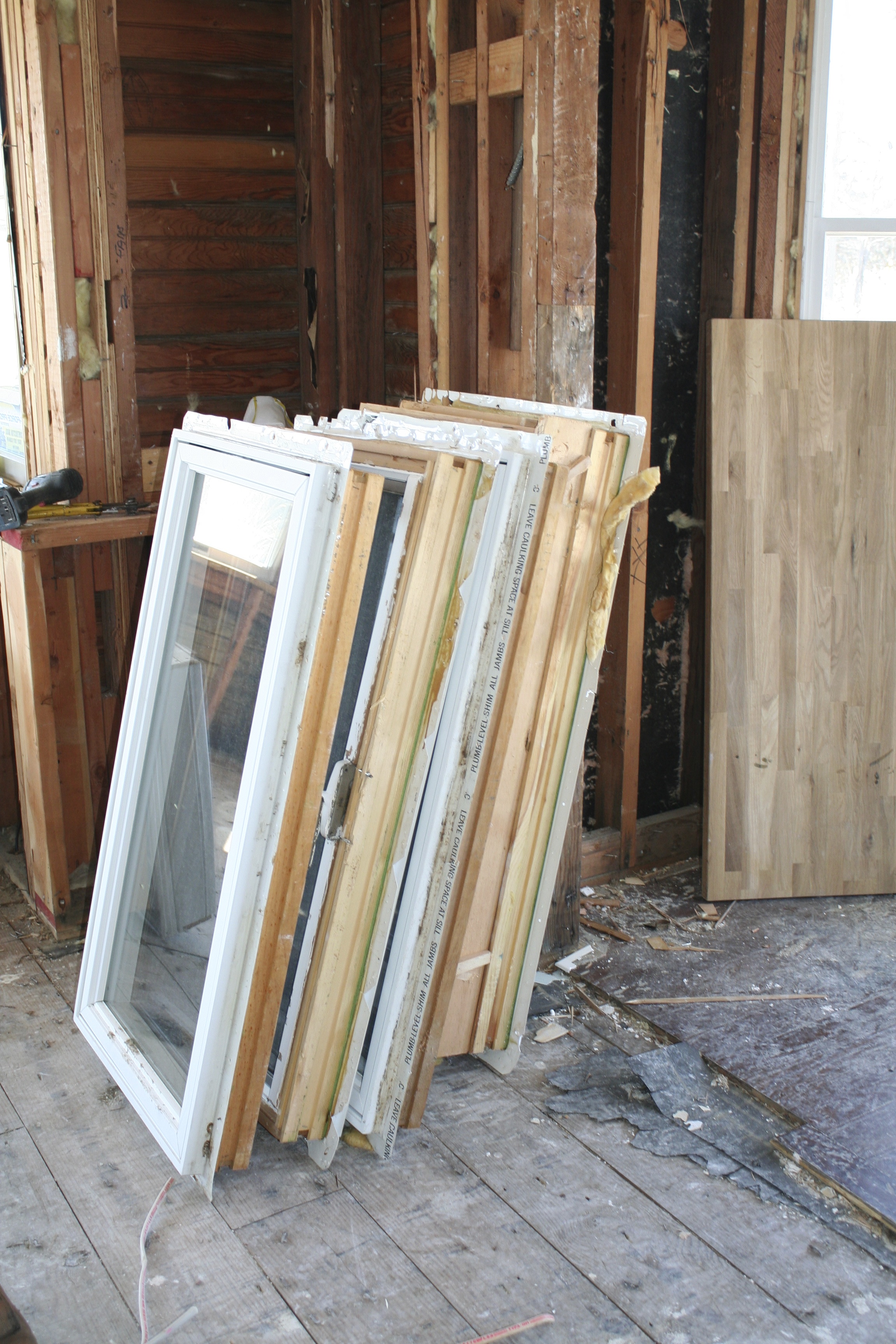Laundry on the line in Dubrovnik, Croatia
We just returned from our summer vacation, where we visited friends and stayed at private homes booked through AirBNB.com in several European towns and cities. Each of our homes-away-from-home had one thing in common: they had washing machines, but none had dryers. Once I got used to having to wait a day for dry clothes, I started to wonder if it might make sense to import this practice back to the USA, where over 83% of American households own a dryer, according to a report published by the US Census Bureau.
So what does drying our clothes really cost in environmental terms? It turns out that a clothes dryer is the third biggest energy-hogging appliance in most US households (behind water heaters and refrigerators). By ditching our dryers, which use 71% of the energy required for a load of laundry and produce 127 million tons of CO2 per year, we could eliminate the equivalent carbon emissions of approximately 30 coal-fired power plants annually. And while eliminating or reducing our dryer use will clearly help the environment, there are other benefits to hanging our clothes to dry:
- Saving energy means saving money. According to the Natural Resources Defense Council, a typical US household spends $100 on its annual utility bill to operate an electric dryer and $40 to operate a gas dryer. But our household is not “typical” and we estimate our costs to be significantly higher. In fact, I calculated our per load costs based on my utility bill using this calculator and discovered that – depending on whether or not I amortize the utility connection fees and taxes in my calculation – it costs between $0.30 and $1.30 to use our gas dryer for 45 minutes (or $0.70 – $0.90 if our dryer were electric). Multiply that by the number of loads you do in a year, and that represents real potential for savings.
- Reduced dryer use translates to less wear and tear on your clothes. Have you ever thought about the lint in your filter? That's a layer of your clothing literally tumbling away. And heat causes shrinkage. Hanging your clothes to dry will protect them from shrinking.
- There are indirect savings to be captured as well. If you hang your clothes indoors in the winter, you'll have a free source of humidity as moisture evaporates into the air. And if you forego the use of your dryer in the summer, you will save on the cost and environmental impact of your air conditioners as well.
What if you just can't bear the thought of ditching your dryer? Or you live in a community that doesn't allow you to hang your laundry outside to dry? There are things you can - and should - do to reduce the environmental impact of your laundry practices...
If You're In the Market for a New Dryer
If you're in the market for a new dryer, consider a highly energy efficient unit. According to a report released last month by the Natural Resources Defense Council, simply raising US dryers to standards already in place overseas, Americans could save $4 billion dollars annually on their utility bills. By switching to the most energy efficient dryers, American households could prevent 16 million tons of CO2 from entering the atmosphere every year. That's equivalent to the carbon dioxide sequestered by nearly 12 million acres of US forests per year (I used this EPA calculator).
Until 2014, heat pump dryer technology – the most efficient available, and already commonplace outside the US – wasn't available here. That seems to be changing with LG's announcement of its model DLHX4072V heat pump condensing dryer. According to LG, “using a heat pump to preheat the air coming into the dryer recovers this heat and saves electricity, because it takes less electricity to move the heat than to create it with a conventional heater…In conventional dryers, all the energy that is used to evaporate the moisture in the clothes is vented outside and lost. The hybrid dryer technology is able to recover some of this wasted energy and use it to evaporate more moisture, saving energy.” According to Consumer Reports, energy savings for the LG model may be as high as 50% versus conventional dryers.
Starting next year, clothes dryers will be able to seek ENERGY STAR certification, which will require that they be 20% more efficient than standard models. At a minimum, look for an ENERGY STAR rating when you’re shopping for your next dryer.
If You Can't Part with Your Existing Dryer
If replacing your current dryer isn't an option, then take the following steps to be as environmentally mindful as possible:
- Use a drying rack and hang as much to dry as you can.
- Clean your lint filter before every load. Yes...EVERY load. Pushing hot air through a clogged lint filter uses as much as 30% more energy than is required by a dryer with a clean filter. It's that simple.
- Use the highest spin setting on your washing machine that your clothes can tolerate. Washing machines are much more efficient than dryers. If you take the water out of the clothes with the washer, your dryer won't have to work so hard.
- Use your dryer’s moisture sensor setting and remove the clothes when they're just slightly damp. Your clothes will last longer than if you over-dry them. And, if you hang them up right away, they'll require less ironing.
- Dry multiple loads in succession. It costs less to dry two loads one after another because you're able to use the heat you've already generated in the drum to dry the second load.
We’ve been back for two days now and I’ve cycled quite a number of loads of our family’s laundry…and have happily hung our clothes out to dry. Go ahead…give it a try. Hello sunshine! Goodbye dryer…
Practical Sustainability is a monthly column that offers ideas and tips for things we all can (and should!) do to live a more sustainable life on a limited budget. Past articles have addressed low flow shower heads, LED light bulbs, and cleaning the air filters on air conditioners and household appliances.



